Imagine living atop a colossal, ancient volcano, its breath invisible but ever-present, its heart beating quietly beneath your feet. This is the reality for over half a million people in the Bay of Naples, who go about their daily lives while a “sleeping giant”—the Campi Flegrei—waits below. While Mount Vesuvius grabs headlines for its dramatic history, scientists are increasingly turning their attention to this sprawling supervolcano, which could someday wake with a fury that dwarfs anything seen in modern times. The story of Campi Flegrei isn’t just about lava and ash; it’s a tale of uncertainty, silent danger, and the power of nature lurking where we least expect it.
Unveiling the Campi Flegrei: A Supervolcano Hidden in Plain Sight
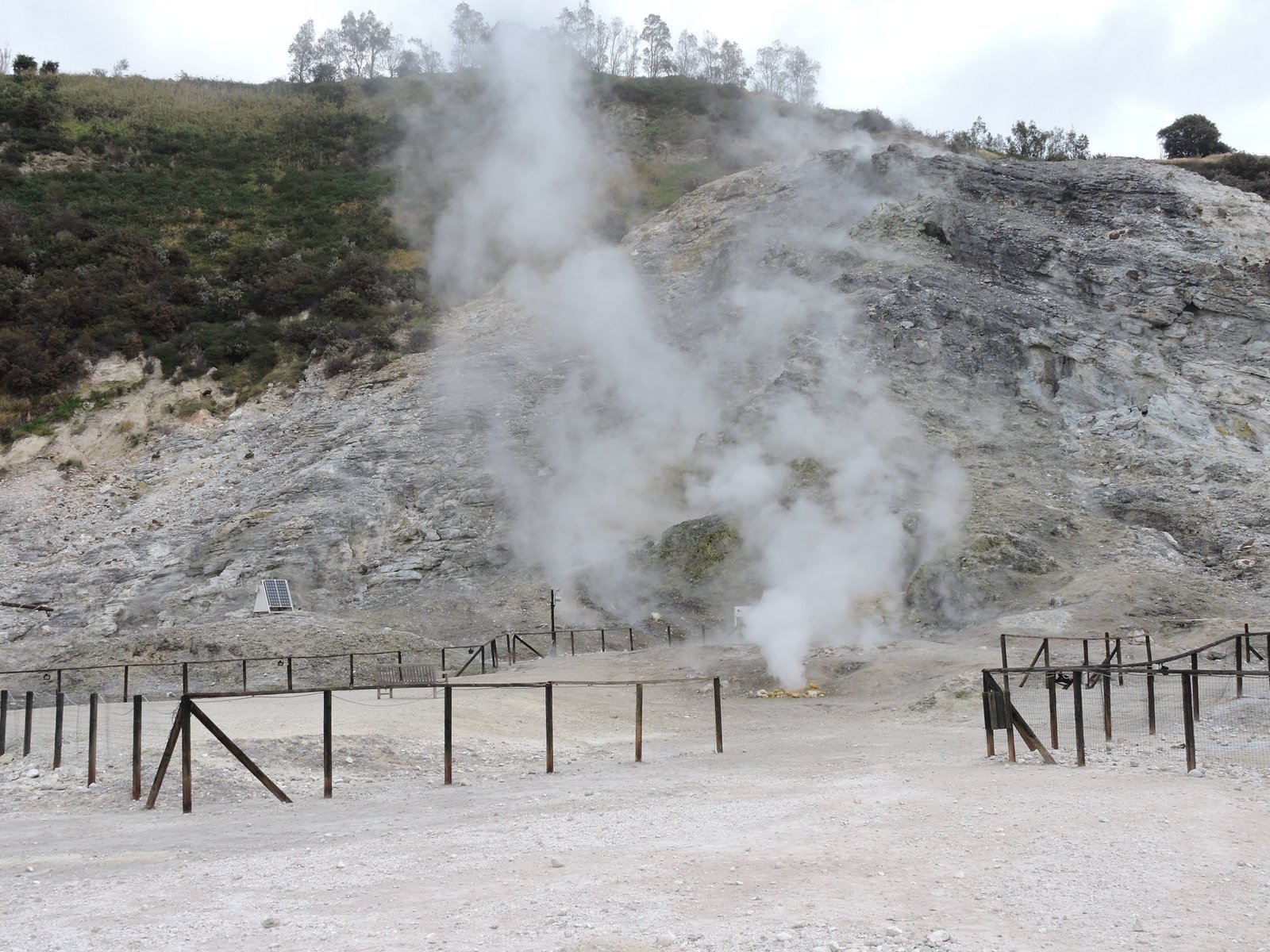
Campi Flegrei, meaning “Burning Fields” in Greek, is a vast volcanic area just west of Naples. Unlike the classic cone-shaped volcanoes, this one sprawls across nearly 13 kilometers, with its caldera mostly hidden beneath urban streets, lakes, and ancient craters. It’s easy to mistake the rolling hills and peaceful landscapes for mere scenery, but beneath lies a churning cauldron of magma and gas. The region’s strange name hints at its fiery origins, dating back to when ancient Greeks noticed steam and sulfur rising from the earth. For locals and visitors alike, the beauty of Campi Flegrei masks a complex geological threat that is both mesmerizing and terrifying.
A History Written in Ash: Campi Flegrei’s Explosive Past
Thousands of years ago, Campi Flegrei unleashed eruptions so massive they reshaped the land and altered the course of history. The most infamous, the Campanian Ignimbrite eruption about 39,000 years ago, blasted ash across Europe, possibly affecting climate and even humankind’s early migrations. The last major eruption, in 1538, created the Monte Nuovo hill in just a week, burying fields and homes under meters of ash and rock. Unlike Vesuvius, which erupts more frequently but on a smaller scale, Campi Flegrei’s eruptions are rare but catastrophic—a reminder that the giant sleeps, but never forgets.
Science at the Edge: How Experts Monitor the Sleeping Giant
Beneath the surface, scientists use a network of seismographs, satellite imagery, and gas sensors to monitor the slightest tremors and chemical changes. Every small earthquake, every puff of sulfur, tells a part of the story. Since the 1950s, the ground around Campi Flegrei has risen by several meters in a phenomenon known as bradyseism, hinting at magma movement below. The tension between reassuring calm and sudden spikes in activity keeps volcanologists on constant alert. For locals, these scientific warnings are a double-edged sword—comforting in their vigilance, but unsettling in their implications.
Comparing Giants: Why Campi Flegrei May Eclipse Vesuvius
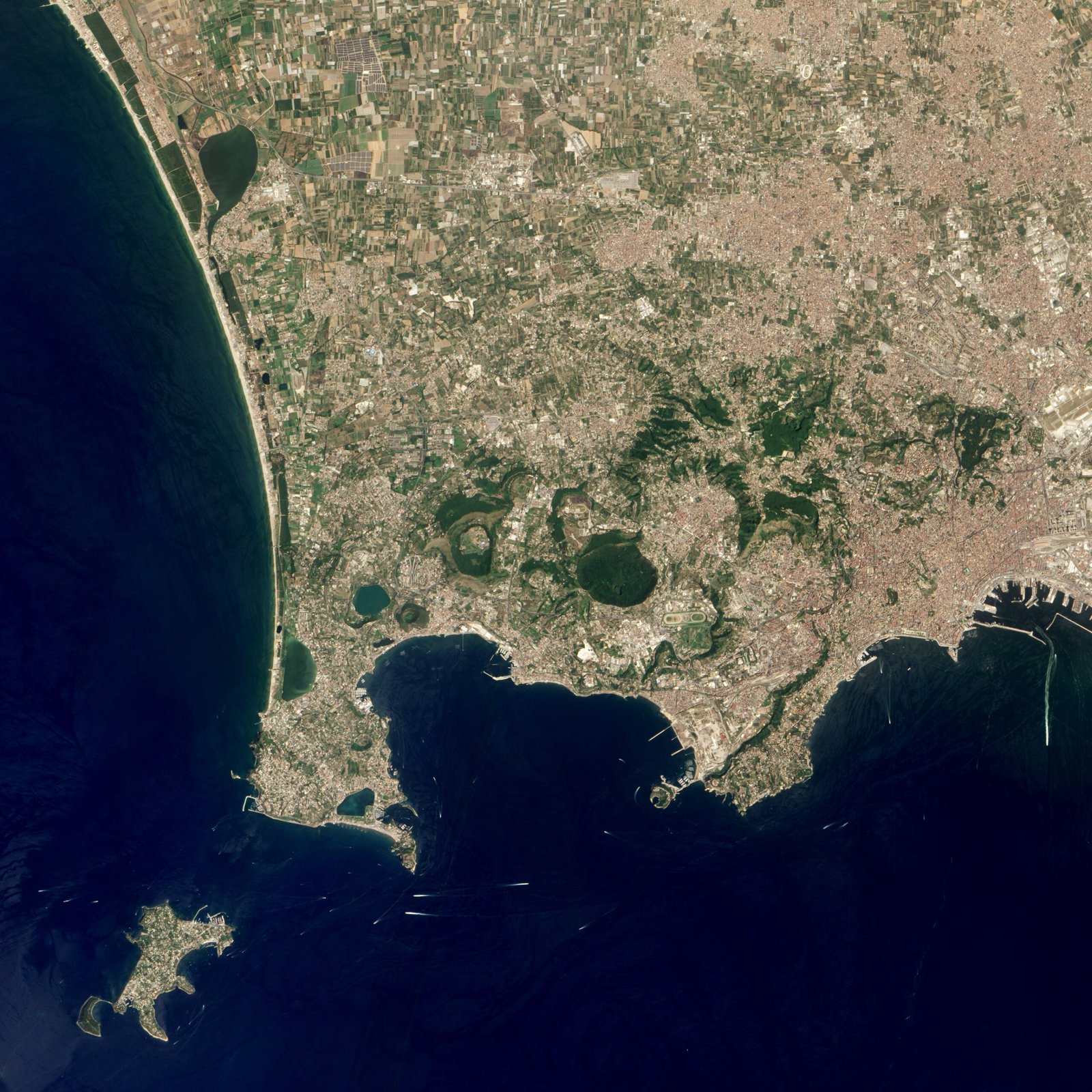
Vesuvius, with its iconic cone and tragic history, understandably captures public imagination. Yet, experts warn that Campi Flegrei’s potential for devastation is even greater. Its eruptions cover a much wider area, and the volume of material it can expel is staggering. While Vesuvius threatens Naples directly, Campi Flegrei could impact not just the city but much of southern Italy and even the wider Mediterranean. The scale of past eruptions, combined with the dense population now settling inside its caldera, makes the risk both personal and global. The true danger may lie not in what we see, but in what we overlook.
Life on the Edge: Communities Living with Uncertainty
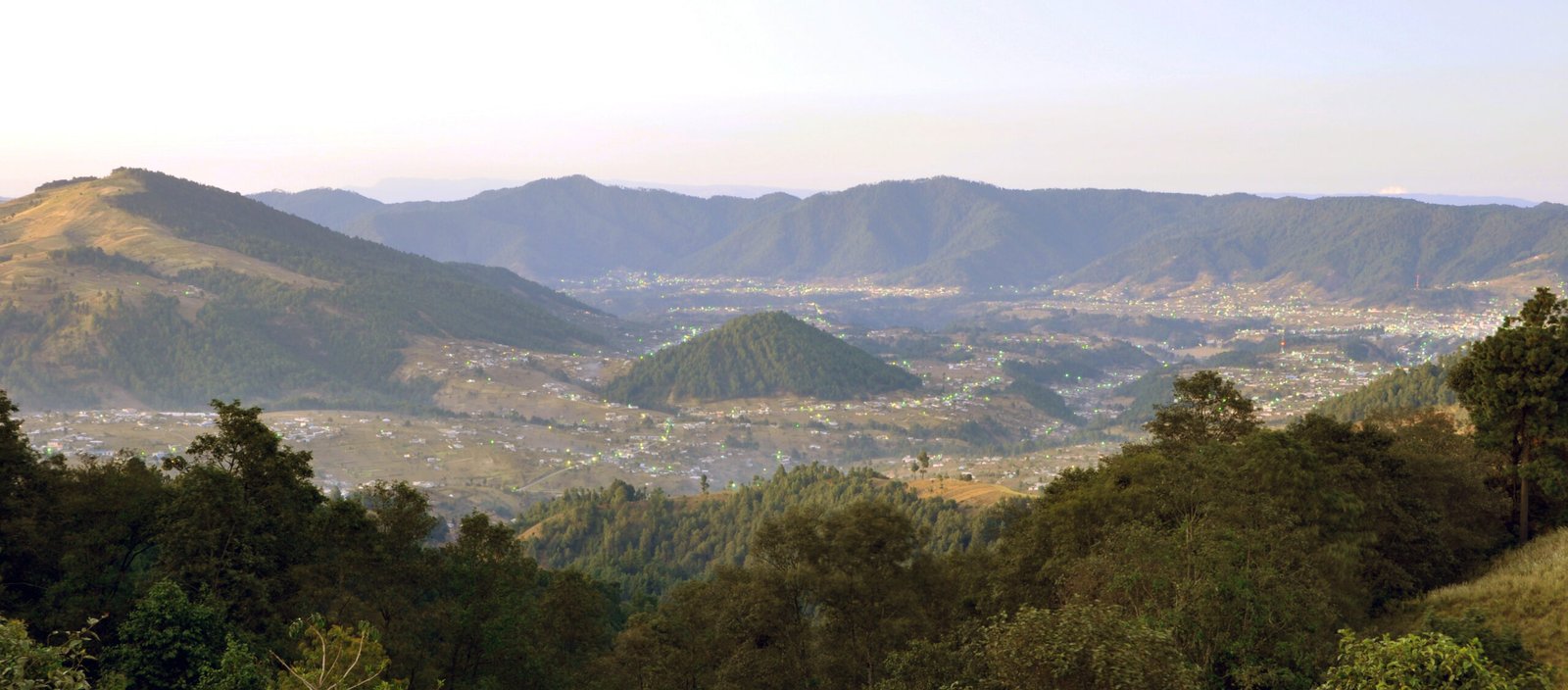
For residents of Pozzuoli, Bacoli, and other towns dotting the caldera, daily life is a mixture of resilience and routine. Children play in parks built atop old craters, while families work and relax, often unaware—or willfully ignoring—the risk below. Earthquakes and ground uplift occasionally force evacuations or cause structural damage, but the community persists. The sense of living with a hidden danger is woven into local culture, reflected in stories, superstitions, and even cuisine. It’s a testament to the human spirit, but also a sobering reminder of how easily disaster can catch us off guard.
The 1980s Scare: When Campi Flegrei Nearly Awoke
During the early 1980s, Campi Flegrei showed alarming signs of unrest. The ground in Pozzuoli rose dramatically—some areas lifted by more than a meter—causing buildings to crack and forcing the evacuation of tens of thousands. Swarms of small earthquakes rattled nerves and homes. For months, scientists and authorities feared an eruption was imminent. In the end, the crisis passed without a major event, but the scars remain, both in the city’s architecture and its collective memory. The episode left a lingering question: what if next time, the warning signs aren’t just a false alarm?
Bradyseism: The Caldera’s Mysterious Breath
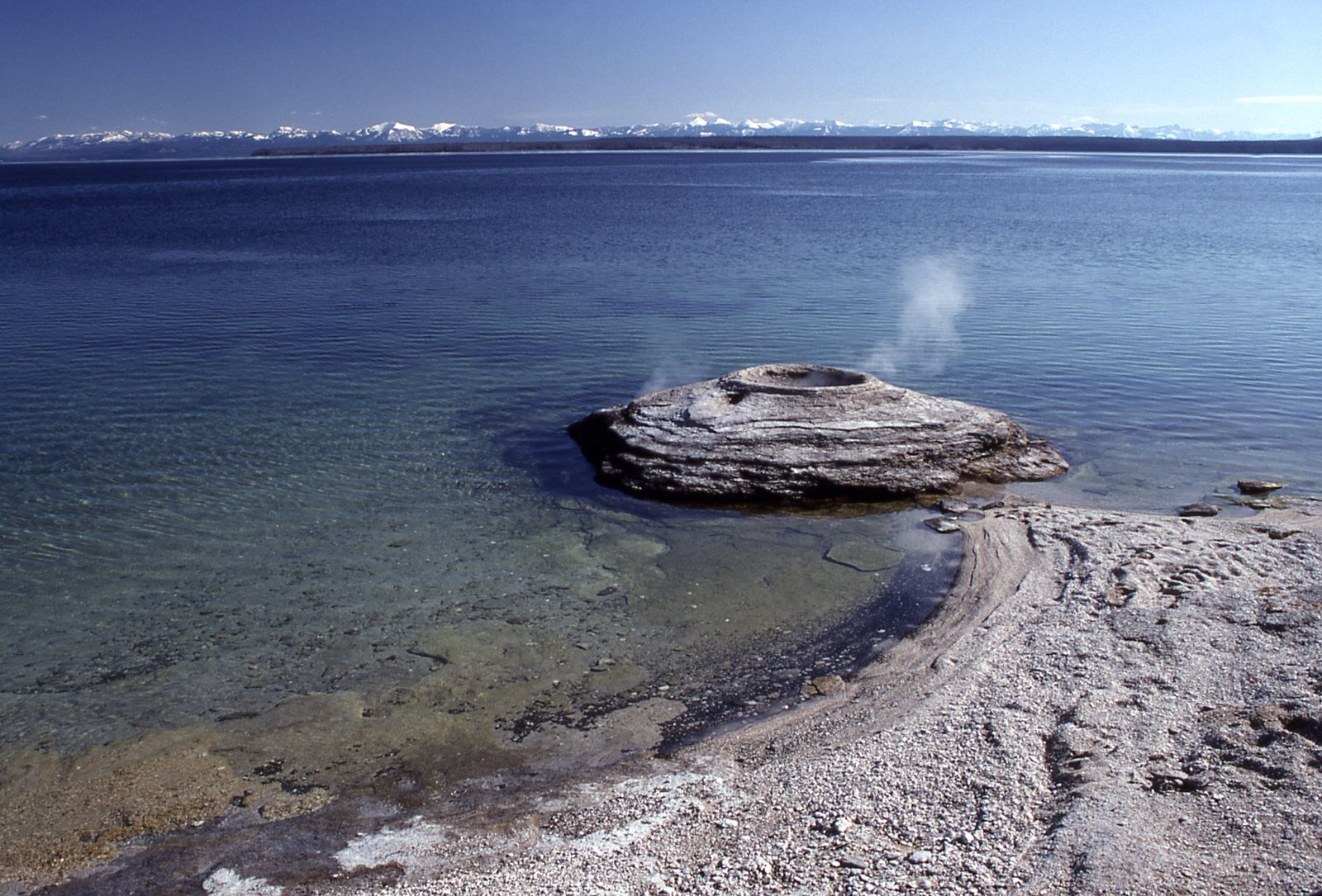
Bradyseism, the slow rising and falling of the ground, is one of Campi Flegrei’s most peculiar and worrying features. Unlike the sudden explosions of many volcanoes, this phenomenon unfolds over months or years, slowly warping the landscape. It’s as if the earth itself is breathing, hinting at powerful forces gathering below. Scientists debate whether these changes indicate magma movement or simply shifting gases and water. For residents, bradyseism is both a warning and a puzzle—a signal to watch, but not always a cause for panic. The mystery underscores just how much we still have to learn about this unpredictable volcano.
The Science of Prediction: Can We Foresee the Next Eruption?
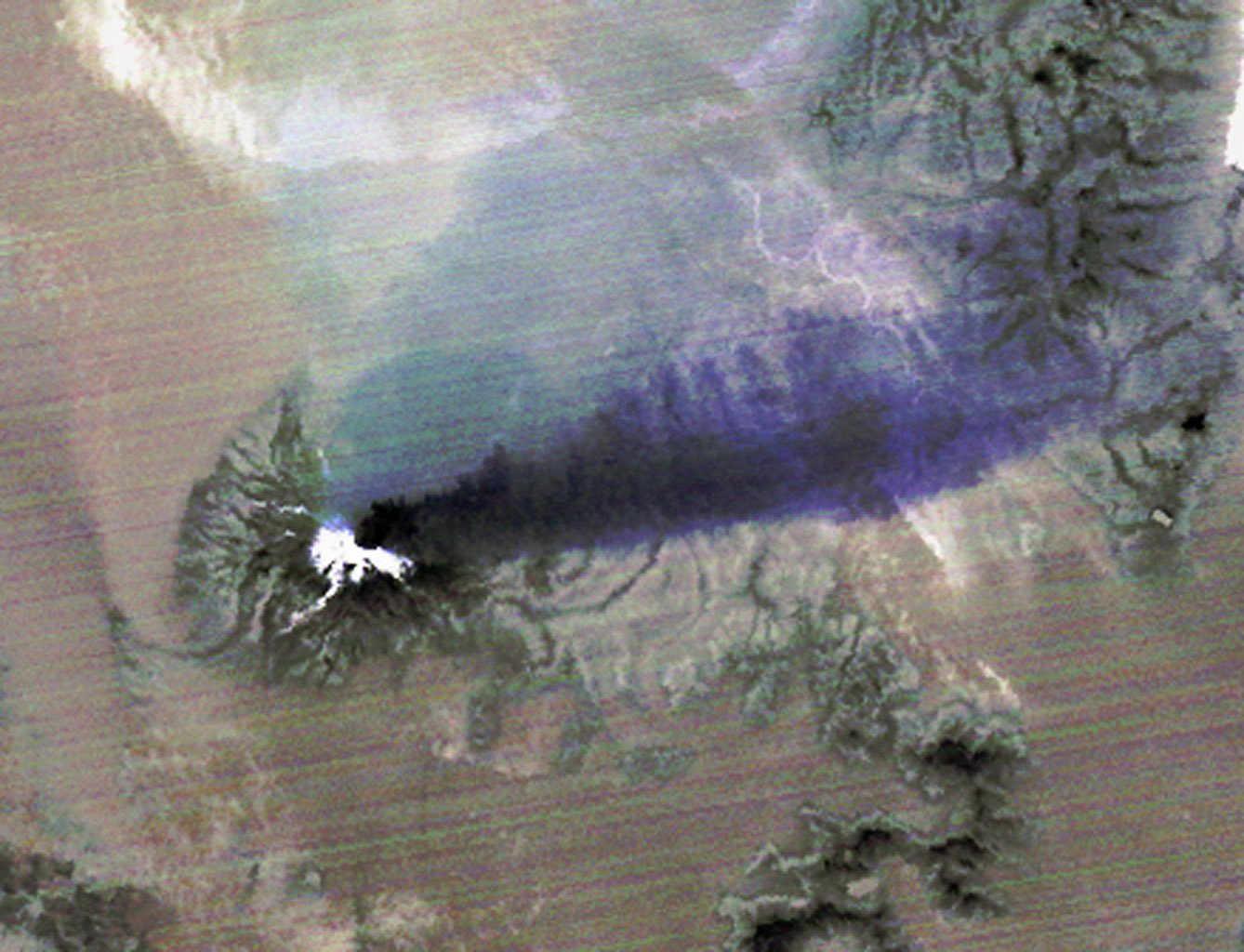
Predicting volcanic eruptions remains one of earth science’s greatest challenges, and Campi Flegrei is no exception. Researchers analyze seismic data, gas emissions, and ground deformation, building computer models to simulate possible scenarios. Yet, the complexity of the caldera makes predictions incredibly difficult. Even with the latest technology, eruptions can come with little warning, or not at all. The uncertainty pushes scientists to refine their methods and collaborate internationally, but it also highlights our vulnerability. The question isn’t just “when will it erupt?” but “are we ready if it does?”
Potential Consequences: What Could Happen If Campi Flegrei Erupts?
A major eruption from Campi Flegrei could be devastating on a scale hard to imagine. Ash clouds might blanket entire cities, disrupt air travel, and poison water supplies. Pyroclastic flows—fast-moving surges of hot gas and debris—could obliterate everything in their path. The sheer number of people living within the caldera’s reach means that evacuation would be a logistical nightmare. Beyond the immediate region, an eruption could affect the global climate, as happened with ancient events. The stakes are not just local; they ripple across continents, underlining the urgent need for preparedness and awareness.
Modern Urbanization: Building on the Brink

Over the past century, Naples and its suburbs have expanded, with new homes, businesses, and infrastructure rising directly atop old volcanic vents. This urban sprawl complicates evacuation plans and increases the risk to human life. Many residents are unaware of the danger, or choose to ignore it, focusing instead on the day-to-day challenges of city life. Authorities face the difficult task of balancing development with safety, often facing resistance from communities deeply rooted in the area. The juxtaposition of modern life with ancient danger is a striking reminder that nature’s timetable doesn’t always match our own.
Learning from the Past: Lessons from Ancient and Recent Eruptions
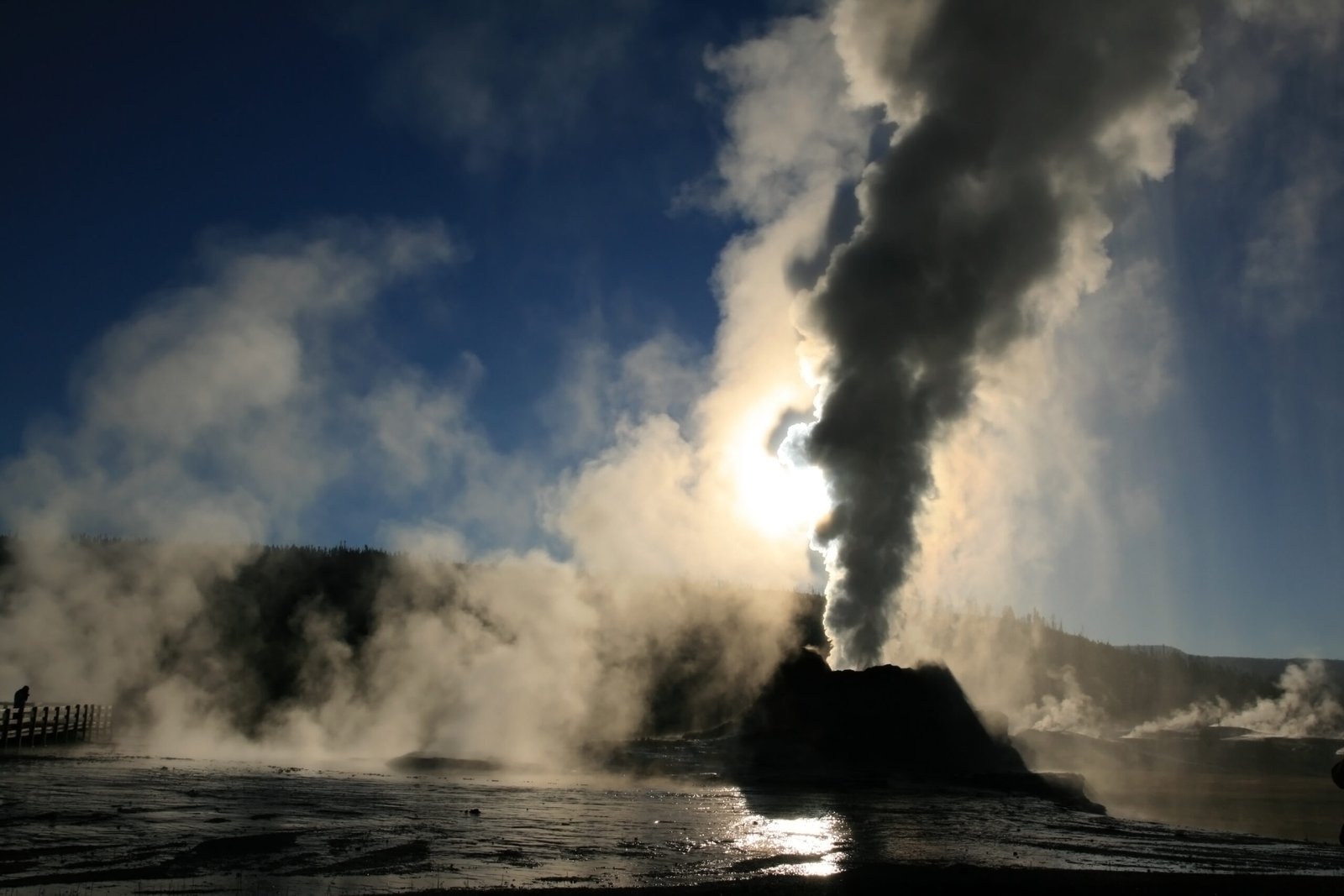
History is filled with stories of volcanic disasters that caught civilizations by surprise. From Pompeii’s destruction by Vesuvius to the more recent close calls at Campi Flegrei, each event offers lessons in humility and preparedness. Archaeological digs reveal how people adapted—or failed to adapt—to the risks, while recent scientific advances provide tools to spot warning signs earlier. These stories aren’t just relics; they’re blueprints for survival, urging us to listen to the land and respect its power. By understanding what happened before, we gain a fighting chance to protect ourselves in the future.
Global Implications: Why the World Should Watch Campi Flegrei
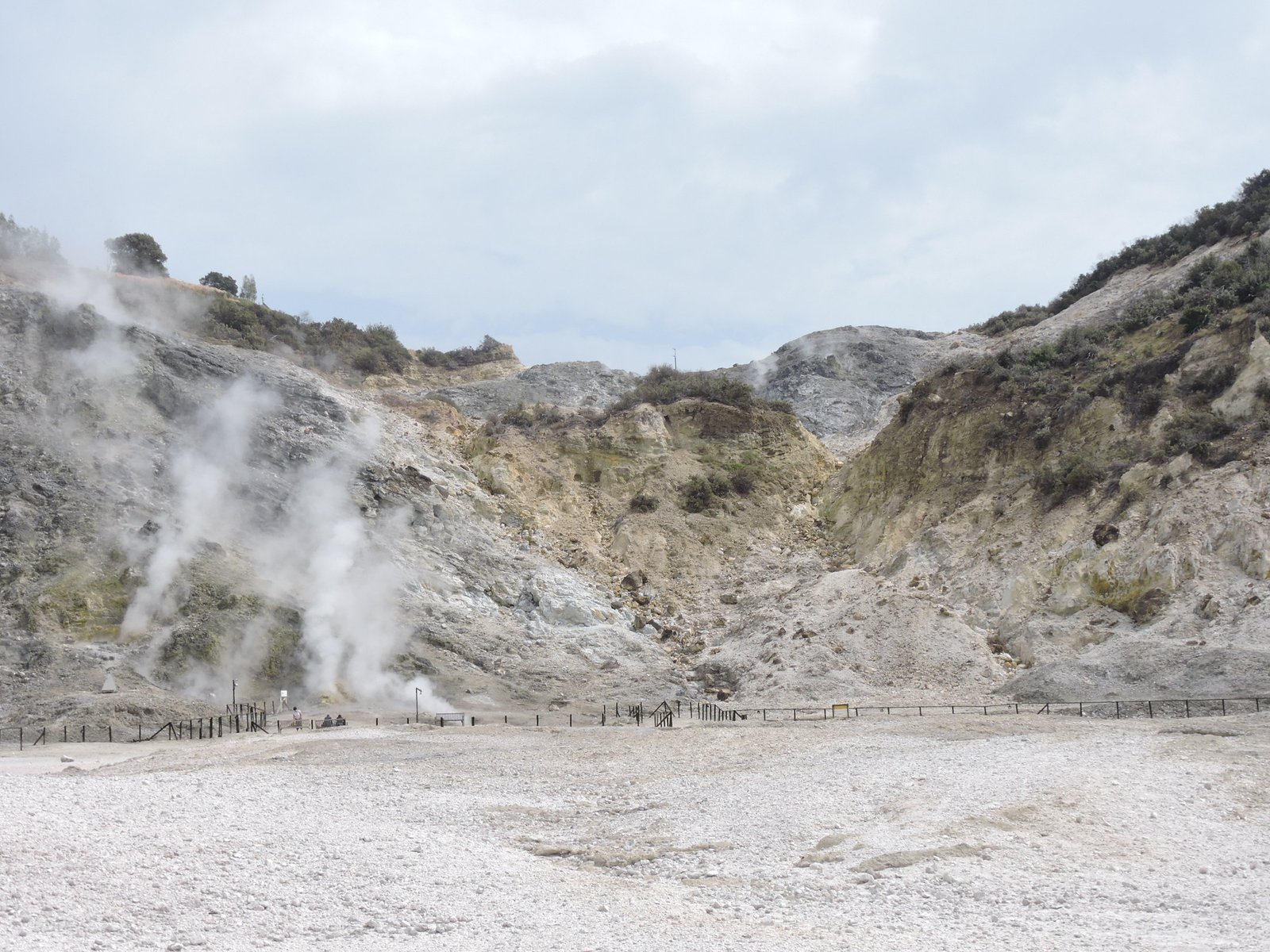
The dangers of Campi Flegrei extend far beyond Naples. A large eruption could send ash clouds high into the atmosphere, disrupting global air travel and even cooling the planet by blocking sunlight. The economic impact would be felt across Europe and beyond, affecting agriculture, trade, and health. Scientists from around the world study Campi Flegrei, recognizing its potential as a “global volcano”—one whose actions could reshape more than just its immediate surroundings. The need for international cooperation and shared research is clear, as the next chapter in this volcano’s story could touch us all.
A Wake-Up Call for the Future
Campi Flegrei is more than a geological curiosity; it is a living reminder of how closely our lives are tied to the whims of the earth. Its silent presence beneath one of Italy’s most vibrant regions is both a blessing and a curse—a source of fertile soil, rich history, and breathtaking beauty, but also a ticking clock. The challenge is not just to monitor the volcano, but to foster a culture of awareness, resilience, and respect. In the shadow of the sleeping giant, every day is a testament to the delicate balance between human ambition and natural power. Are we truly prepared for the day when the giant awakes?



